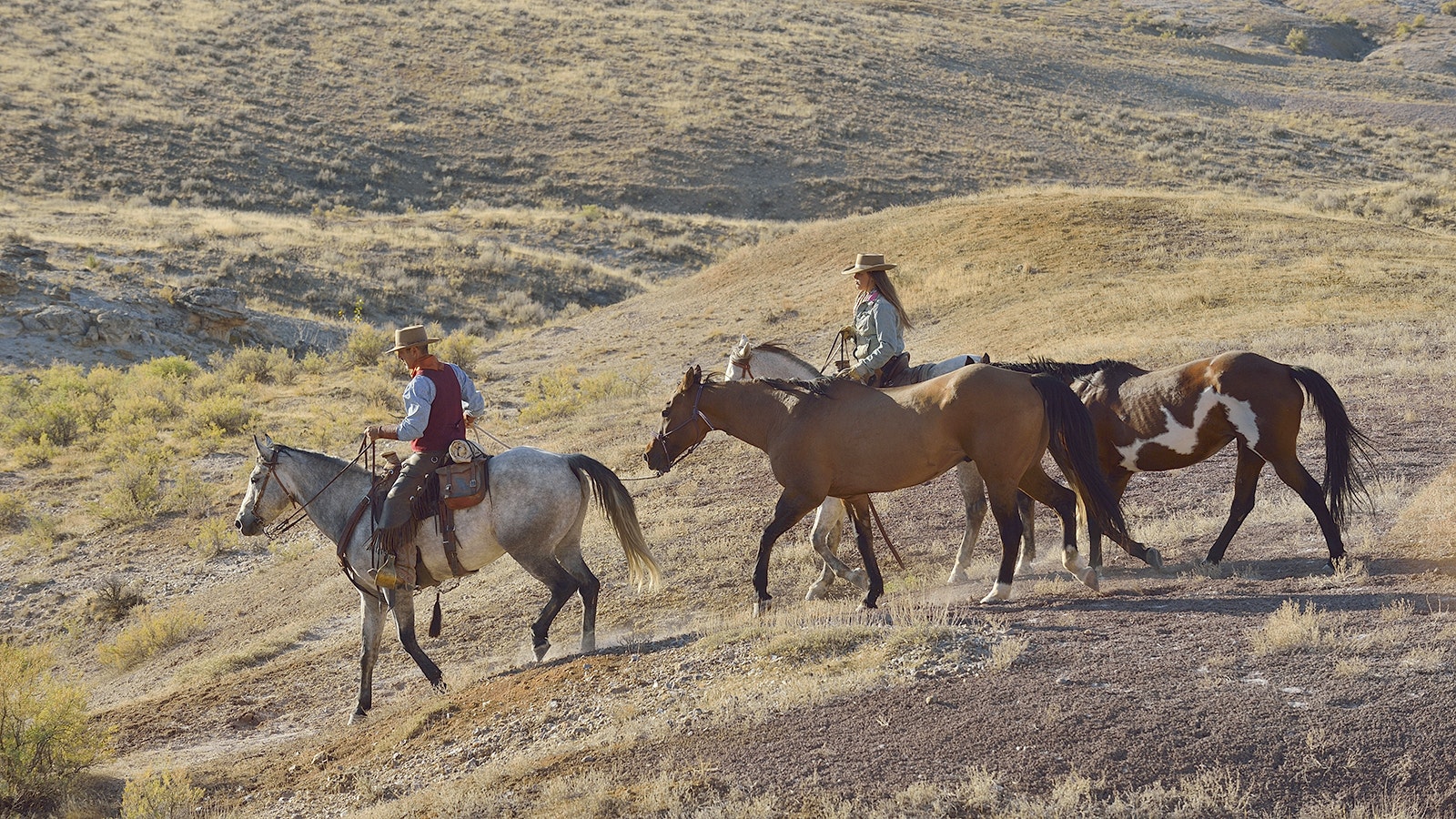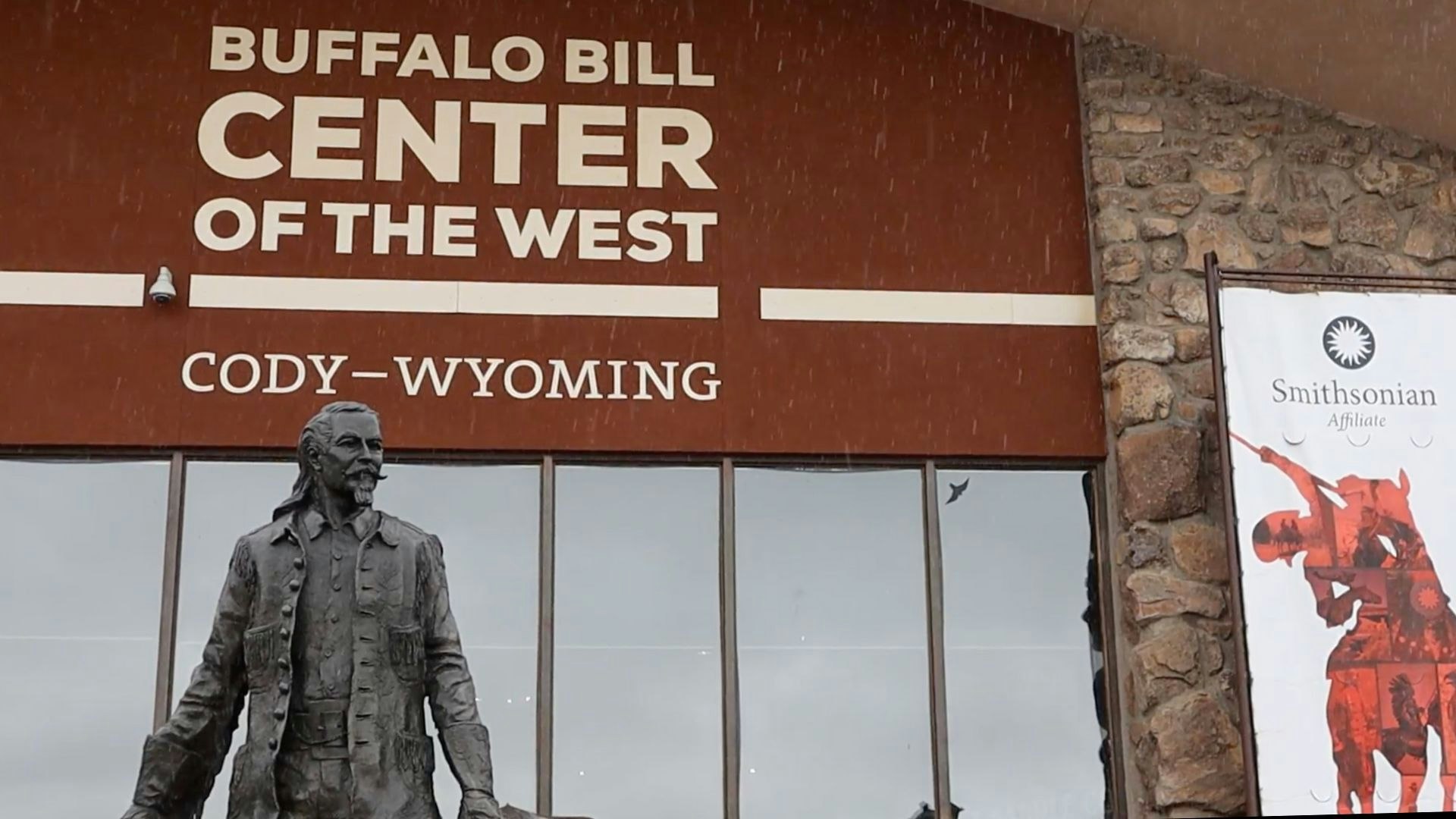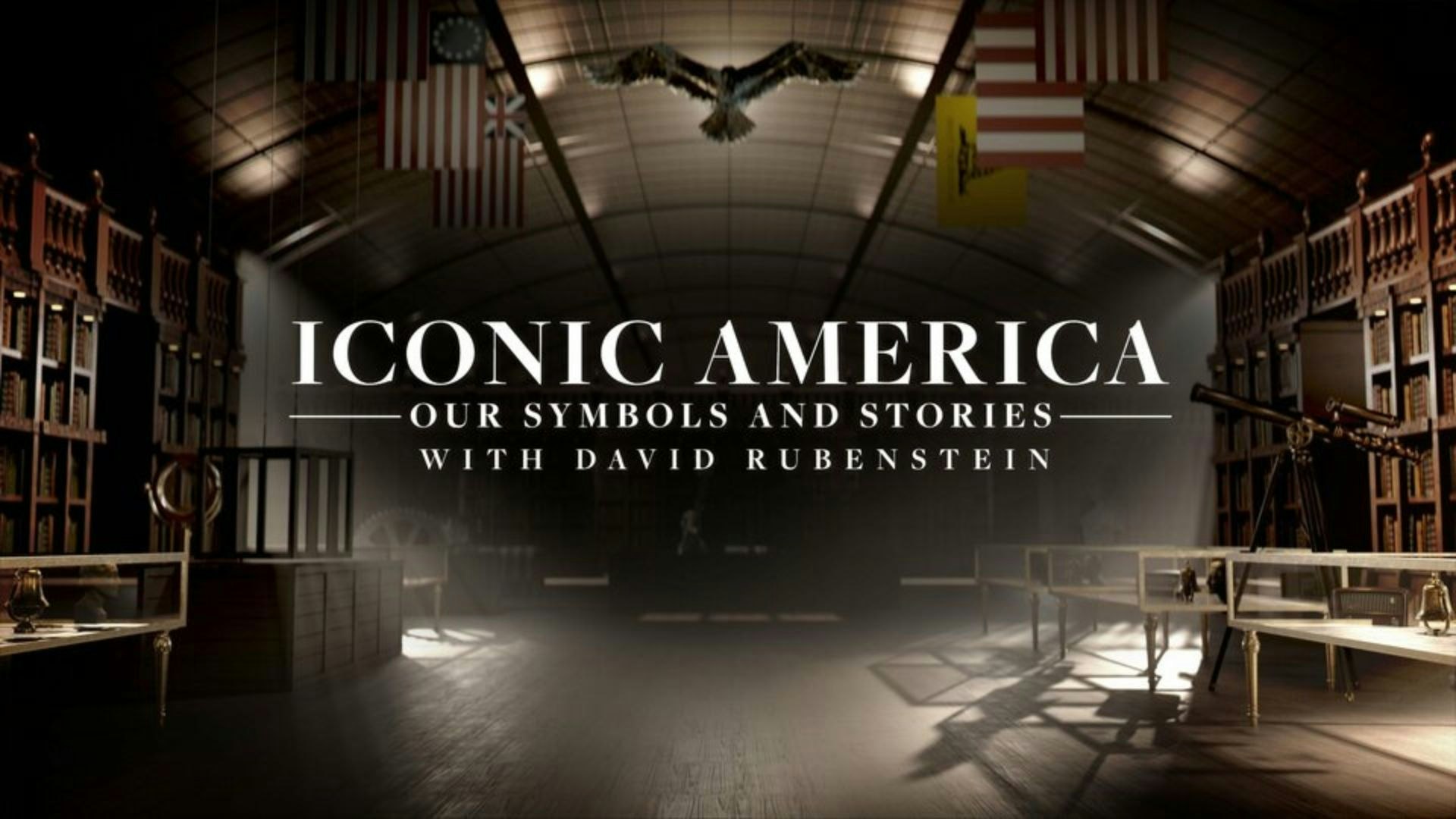Wyoming IS the Cowboy State.
From being known as THE “Cowboy State” to our university’s mascot (the famous bucking bronc “Steamboat”) to the everyday folks walking around our downtowns in boots, cowboy hats and buckles, Wyoming embodies the cowboy culture.
So when producers of a PBS series about American icons chose to do an episode on the cowboy, it made sense they would seek out experts in Wyoming.
Beginning Wednesday, “Iconic America: Our Symbols and Stories” with David Rubenstein will air an episode on PBS that was filmed partly in Cody at the Buffalo Bill Center of the West, a world-renowned repository of history in which the American cowboy sits high in the saddle.
Buffalo Bill Glamourized The Cowboy
Jeremy Johnston is the curator of the Buffalo Bill Museum at the Buffalo Bill Center of the West. He said the producers of “Iconic America” first contacted him last June about filming segments of the documentary there.
“They reached out to us early on and were just asking some general questions about objects and artifacts,” said Johnston. “They clearly knew that Buffalo Bill was important in shaping this cowboy myth, which makes sense, because of course, Buffalo Bill performed in Manhattan and in London. He was one that really brought the American cowboy into that urban environment, and that memory is still there.”
Johnston pointed out that Col. William F. Cody himself single-handedly launched the modern romantic vision that most of the world now holds about the American cowboy.
“Because of the nature of the Wild West shows being an entertainment enterprise, there's just so much of that popular culture that was preserved,” Johnston told Cowboy State Daily. “And a lot of it is directly related to the glamorization of the American cowboy.”
Johnston said the Buffalo Bill Center of the West is carrying on what Buffalo Bill himself did — bring attention to the cowboy culture and way of life. He said the public’s shift in perception, first regarding the cowboy as a working-class laborer, and then as an American hero, is unique in history.
“It’s really quite a transformation,” said Johnston. “And you don't really see that with any other laborers in the United States.”
Johnston said that thanks to Bill Cody, spectators at his Wild West Shows would see cowboys fighting Indians, cowboys rescuing runaway stagecoaches, or saving settlers from burning cabins. But as any Wyoming rancher could attest, life as a cowboy is rarely glamorous.
“You don't see them out there in the muck trying to wrestle a steer down so a buddy can come and slap a brand on or getting bucked from a horse,” said Johnston. “If you spend any amount of time on a ranch, you know that there's a lot of parts of that job that are not that romantic.”
But in part because of Buffalo Bill, “all of a sudden you go from a common working cowboy to someone like John Wayne. That's quite a transition,” he said.
PBS Documentary
While other episodes of the eight-episode Iconic America series focus on icons such as Fenway Park and the Hollywood sign, the episode that airs Wednesday explores the symbolism of the cowboy as independent and brave, and contrasts myth with reality.
Lizzie Mulvey, a producer for the documentary, said Wyoming was the perfect place to explore the truth of the cowboy way of life.
“Basically, the documentary is about the true history of the cowboys and the cattle drive,” Mulvey told Cowboy State Daily. “I think it was important to show the great diversity of cattle driving and cowboy culture.”
Mulvey said producers chose to feature Cody not only because of the rich historical data available at the Center of the West, but also because of the town’s relationship with its founder.
“The town is named after Buffalo Bill, which was an important place for us for the story, because the idea of the cowboy to the rest of the world was sort of created by Buffalo Bill,” she said. “He was the one who first created these Wild West shows and took them around the world.”
Additionally, Mulvey said Cody was ideal because of its geographical location and its identification with modern day cowboy and ranching culture, as well as the history of ranching.
“So, it's this perfect confluence of all these ideas that we are trying to get across,” said Mulvey.
Preserving History
Johnston said the center receives frequent requests from all over the world asking for information about the iconic character that is the American cowboy.
He said that often people are surprised at the rich stores, images and artifacts available at the Center of the West.
“I think what surprises them is the McCracken Research Library, and just all the archival resources we have,” said Johnston. “They find a lot in regard to the photographs and the film footage, which of course, lends itself to a documentary.”
But actually inviting crews into the center to film a documentary, like the crew of Iconic America did in July last year, can be tricky.
“When you get someone in there that's working a camera, a microphone, and then usually have your host, everything gets quite quite crowded,” said Johnston. “We kind of worry about someone backing up into a painting or getting too close to certain objects. But this crew was very easy to work with, and very respectful of our objects.”

Explaining Cowboy Culture To The World
Mulvey said that there is hope that by broadcasting a documentary such as this, more people might get a glimpse into a culture that is foreign to millions of Americans.
“It's much more complex than I think people even know about,” she said. “Even though there's some really historic, famous rodeos in New Jersey, being in cities, a lot of us are really disconnected from that culture. And it's a really interesting and beautiful culture.”
In addition to the segments filmed at the Center of the West, other locations include Cheyenne, Oklahoma City’s National Cowboy and Western Heritage Museum, and the Fort Worth Stock Show in Texas. Interviews with other historians, as well as working cowboys like Moorcroft’s Chase Williams (brother to country music singer Chancey Williams), round out the episode.
“We went to the rodeo (in Cody) and spoke with all different rodeo folks,” said Mulvey. “We asked, ‘How does ranching and the agrarian lifestyle, how does that relate to modern day cowboy culture and modern-day rodeos?’”
What the producers found, according to Mulvey, is that there is no one definition of “cowboy culture.”
“Even people who say they're cowboys also have different definitions of what it is,” she said. “So (this documentary is) also helping us, whether you're in a city or even if you're in Wyoming, to talk about, what is this American symbol? And to examine (it) and understand the complexity of the history and nature of how different people see it, and understand it, and live it today.”







